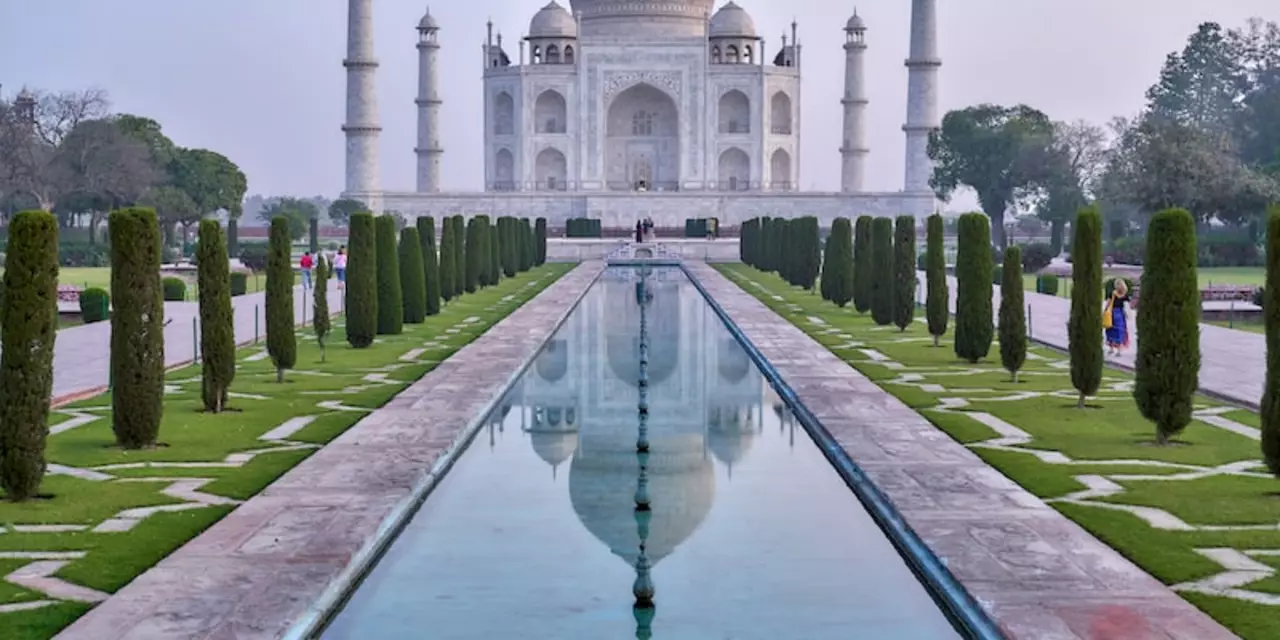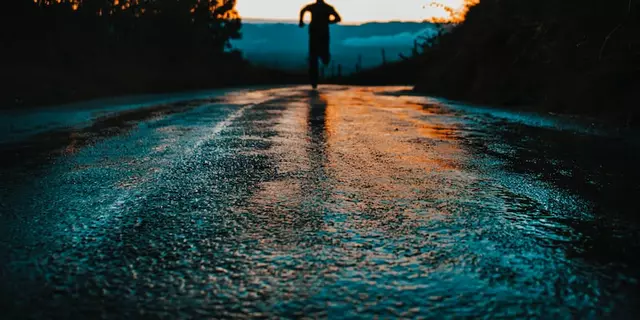India is a vibrant and diverse country with a population of over 1.3 billion people. It is home to a wide range of cultures, religions, and languages, making it a fascinating place to explore. From the bustling cities of New Delhi and Mumbai to the rural villages of the Himalayan mountains, there is much to discover about the daily life of India’s people.
One of the most noticeable aspects of life in India is the hustle and bustle of its cities. On any given day, people can be seen rushing around on foot, on bicycles, and in cars, buses, and trains. The streets are filled with street vendors, shops, and markets, and the air is filled with the sounds of honking horns.
The daily life of rural India is quite different from that of the cities. Life in the villages is much more relaxed and peaceful, with people taking the time to enjoy the natural beauty of their surroundings. There is a strong sense of community in the villages, with families living together and helping each other.
No matter where you go in India, the culture is highly visible and celebrated. Music, art, and dance are a part of everyday life, and there are numerous festivals and events throughout the year. Food is another important part of life in India, with different regions having their own unique cuisines.
Overall, daily life in India today is full of energy and vibrancy. There is something new to discover around every corner, and visitors will be sure to find a warm welcome wherever they go.
India is an incredibly diverse and vibrant country, with a rich culture and traditions that have been passed down through generations. From the majestic Himalayas in the north, to the tropical beaches of the south, India is home to a variety of cultures, languages, and religions. Despite its diversity, India is united in its deep sense of history and culture, which is reflected in the everyday life of its citizens.
Each day in India typically starts with prayer and offerings to the gods, followed by a breakfast of hot chai and breakfast staples such as parathas and dosas. Throughout the day, people of all ages are likely to stop for a cup of chai with friends and family, a tradition that is considered a form of social gathering. The day often concludes with the traditional Indian dinner, usually a vegetarian meal of several curries, dals, and rotis.
Cultural events, such as weddings and festivals, are often celebrated with grandiose feasts and elaborate ceremonies. Music, dance, and storytelling are a vital part of Indian culture, and many families gather in the evening to share stories and sing traditional songs. This is a beautiful way to connect with the long-standing culture of India and keep the traditions alive.
India is a country of contrasts, and its culture is no exception. While the country has embraced modernity and technology, many people still live in rural areas and practice traditional lifestyles. Despite the changes, India’s cultural heritage remains an integral part of everyday life, and it is this unique combination of old and new that makes India so special.
India is a country with a population of over 1.3 billion people and is the second most populous country in the world. Despite its immense population, India is still a developing nation and faces a number of challenges in its everyday life. From poverty and hunger to inadequate infrastructure and health care, there are a variety of obstacles that Indians face on a daily basis.
Poverty is perhaps the biggest challenge facing India today. Over 20% of the population lives below the poverty line and many are unable to access basic necessities such as food, shelter, and education. These individuals struggle to make ends meet and are often forced to turn to more desperate measures in order to survive. Hunger is another major problem in India, with over 200 million people facing food insecurity.
In addition to poverty and hunger, inadequate infrastructure is a major issue in India. The country is still largely rural and lacks access to basic services such as electricity, clean water, and sewage systems. This lack of infrastructure makes it difficult for people to get to and from work, to access health care, and to engage in economic activities.
Finally, health care is a major challenge in India, with the country having one of the lowest life expectancies in the world. Many individuals do not have access to quality medical care, and those who do often have to wait long periods of time for treatment. In addition, there is a shortage of medical personnel and resources, making it difficult for individuals to receive the care they need.
Overall, India faces a variety of challenges in its everyday life. From poverty and hunger to inadequate infrastructure and health care, these problems can have a major impact on individuals and families. It is important that India works to address these issues in order to improve the quality of life for its citizens.
India is a vast and complex country, and its daily life reflects that complexity. On one hand, India is a rapidly modernizing nation, with a growing economy, increasing access to technology, and a booming middle class. But the country still faces immense challenges, from poverty and inequality to environmental degradation.
India is home to 1.3 billion people, and the population is growing rapidly. This means that the country is facing immense pressure to provide basic services such as education and healthcare. India also has a major infrastructure gap, which is compounded by the huge population. This means that access to basic necessities such as clean water and sanitation can be limited in some areas.
The country is also grappling with a number of social issues, from gender inequality and caste discrimination to labor exploitation. India is also home to a number of ethnic and religious minorities, which can lead to tensions between different communities.
Despite these challenges, India is home to a vibrant and diverse culture. India is known for its vibrant festivals and celebrations, and its rich cultural heritage. There is also a strong sense of national pride, and a strong sense of community.
India is a rapidly developing nation, and its daily life reflects this. The country is becoming increasingly urbanized, and technology is becoming more prevalent. At the same time, India still has a long way to go in order to address its challenges and ensure a better quality of life for its citizens.





